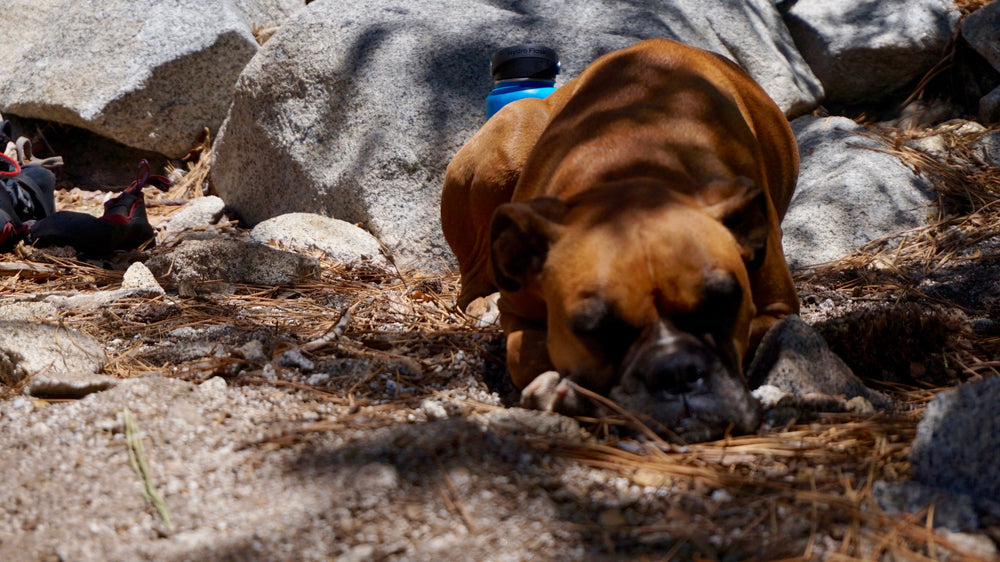Fear Is A Barking Dog

Fear is a barking dog at the door, alerting us to something heard, yet unseen. The barking dog raises the alarm, calling out, “Hey, HEY, come here! Come look and see!” The barking dog perceives a potential threat, and needs a second opinion. The reactive and emotional barking dog checks in with its human; the voice of reason; the thoughtful response.

When I hear my barking dog, I get curious, and I investigate what my dog is barking about. Sometimes there is something there that needs to be addressed; an unexpected obstacle, a challenge, a threat. I keep my dog by my side, calm and attentive, and I address whatever needs to be addressed. I guide my dog, with thoughtful, careful intention.
Sometimes (oftentimes) there is nothing there, and my dog is mistaken; a false alarm. When this is the case, I give my dog a pat and a thank you and we go on about our day.

I have always shown up for my barking dog, and for that, my barking dog shows up for me. With a foundation of trust built on consistent clear communication, when I show up for my barking dog, it settles down and stops barking. My dog believes I will take care of any situation I am aware of. After all, that is the role of the barking dog, to make sure I am aware; to make sure I am paying attention. In turn, my dog trusts me when I say, “it’s okay, there’s nothing there.”
But what would happen if I ignored my barking dog? What would happen if I tried to conquer or get rid of my barking dog? What if I shamed or scolded my barking dog? What would happen if I let my barking dog take the lead and make all the decisions for me?
How do you respond to your barking dog? How is your relationship with your barking dog? What does your barking dog look like?

